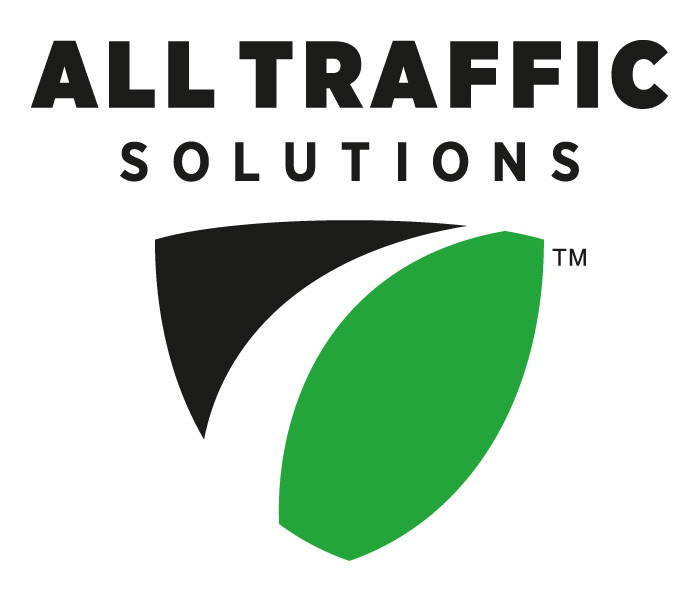In today’s post we’ll look at why real-time parking data and analytics are two cornerstones of a successful parking system implementation and operation, and how the right parking guidance solution contributes to your success. Then, we’ll discuss strategies you can implement at your organization, as well as some tips you can use when evaluating and implementing a parking availability and guidance system of your own.
Parking availability & guidance solutions are oftentimes built around one technology. But what if instead of evaluating the sensor type, you were able to look at your parking systems as a total solution designed to capture the highest accuracy data and not as a “one-size-fits-all” device? In that case, you wouldn’t want to commit to one sensor type because you may find your environment—outdoor lots, garages, single paid spaces, space-by-space—requires multiple technologies. If you have a combination of a few or all of these, you have to look at your sensors as part of an overall solution, one with a combined dashboard and set of metrics that allow you to understand your entire environment.
Sensors’ accuracy levels should be driven by matching the right technology to the problem, in order to dynamically route traffic and parkers to the right place. It might be something as simple as a puck in the pavement, a laser counter, or ALPR for all of your access control and counting, but each solution has a ‘best fit’ from a technology as well as from an environment standpoint. Newer parking technologies can be less intrusive on infrastructure. For example, you can install an optical laser system using existing power in the garage ceiling and have your entire garage outfitted and calibrated in a day or two. The ParkTrak from All Traffic Solutions is a plug-and-play parking counting system that uses laser technology and directional logic. It installs in under one day without cutting into your infrastructure or disrupting your operations. It is easy to configure and delivers greater than 98% accuracy.
Guidance
Parking guidance systems come in many forms. To find the right one for you, you first want to understand what guidance and wayfinding should look like based on your needs.
Permanent Signage
Signage should conveniently and succinctly tell people where the available parking is, without them having to take their eyes off the road, slow down or stop. Signage should be thoughtfully placed, easy to understand and keep traffic moving.
Portable VMS
While some need permanent signs, others only need to deploy signage occasionally, such as when their visitor log shows that exiting traffic will be heavy. Others may only require a sign to direct people to visitor parking during special events, such as a conference, college graduation or sporting event.
Lot, Zone, Aisle, or Space Indicators
Many parking managers wonder if they need to have signs or if they can simply provide wayfinding with red and green lights. It’s all about the right solution for the right needs, and indicators often fit the bill.
Apps, Websites, and Social Media
These versatile parking guidance tools let people know instantly when a parking area or zone is crowded. You can use a traditional parking app, a corporate app or intranet, social networks like Twitter and Facebook, or opt-in text messaging. These tools provide empowerment and offer users a variety of information choices.
Data and Reporting
Data and reporting are relatively new to the parking industry. Parking data shouldn’t just live in your forecasting tool; you should be able to present data to your customers in the form of availability and be able to prepare for what parking may look like in days ahead, based on data trends. If you have a telecommuting policy, there may be a group of people to whom you could give a work-from-home option on heavy parking days. Data is very powerful, but only if you harness it.
You need to have goals for how to use your parking data. What’s your counting availability goal? Do you want to know how many vehicles enter or exit and when, or what the peak parking periods and days are? Do you want to be able to see your existing entries and exits before you consolidate regional offices into your corporate headquarters or before you build a new parking facility? We’ve seen corporate HQs that close down regional offices and bring everybody on to the corporate campus, only to discover that parking is untenable.
Analytics is also part of the data and reporting structure. Analytics help to break through anecdotal conversations by providing you with the facts. When you’re doing parking analysis, being able to forecast availability is kind of the holy grail, but you can get awfully close. You can make infrastructure and parking planning a priority. You can make better decisions about where to place your headcount by knowing where employees, visitors and shoppers can park. In retail, if you’re able to see that you’re losing 100 potential customers a day because parking is too difficult, you can assign a cost to that.
You have to be able to understand the parking data, so the data interpretation that comes with your reporting tool is critical. You also want to partner with a provider who not only gives you the data and the reporting, but provides a simple process for interpreting it.
Real-time Parking Data and Connected Systems Benefit Everyone
Parkers
Real-time data and reporting can save parkers time, energy and effort and alleviate stress over where they are going to park because now they’re able to reserve it, pay for it and access it in real time.
Companies and Facilities
Real-time parking data makes it easy for employees to find available parking quickly, reducing stress and improving productivity.
Operations
Operators can take their garages and their revenue back, increase profits and reduce costs. They can get the best price for their spaces by driving folks to their own apps and driving more revenue for themselves, rather than paying an aggregator.
IT
IT has a stake in parking because of its ability to interface with things like the employee ID, campus security and parking gate systems. IT appreciates a parking system that is future-proofed and works well, both from an integration standpoint and an information security standpoint.
CITIES
Data helps cities ease the parking congestion nightmare. Real-time data improves traffic flow by directing people to available parking in real time. Cities that focus on reducing congestion and traffic density have a much happier driving public and a healthier city through reduced emissions.
Decision Makers and Planners
Leveraging data for proactive decision making is what we all want to do. The exciting thing about real-time parking availability and real-time data that tells you what’s going on in your facilities is that when machine learning and predictive analytics come into play, you can come pretty close to achieving “availability certainty.” You can look at your data in six months to a year, see the trends and be able to accurately forecast. Your tools can be set to do some of that forecasting for you so you never have to guess what parking will look like from year to year. You will know what to expect and can plan for it.
ParkingCloud
ATS’ ParkingCloud™ is the only cloud-based IoT platform purpose-built for the parking, transportation and traffic industries that integrates all your devices, data and output in one place. ParkingCloud works with just about any third-party data, sensors, legacy devices and publicly available data sets. It has a machine learning engine, provides analytics and reporting, and can combine data sets so that you can see how everything works together and how traffic data potentially impacts parking data and vice versa. ParkingCloud incorporates our (or your existing) guidance and wayfinding system, your reservation system and mobile payments, and PARCS systems.
ParkingCloud removes the burden of having to build out your own system or having to use locally-based systems which require you to continually upgrade or service. We handle all this in real time in the Cloud, making it as maintenance-free and hands-off for you as possible. It’s the true easily customizable solution versus a “one-size-fits-all” that really doesn’t fit anybody.
In our last post, we wrote about how to assess your parking needs.
This post is an excerpt from the ATS white paper How to Achieve “Availability Certainty” Using Connected Parking Systems and Real-Time Data
For more information or to request a quote, contact an ATS solutions expert.



